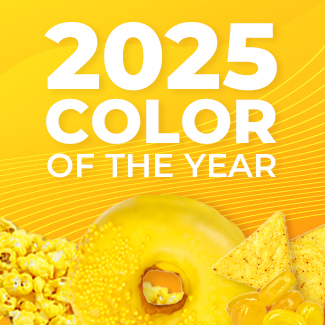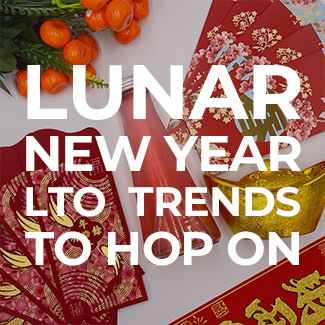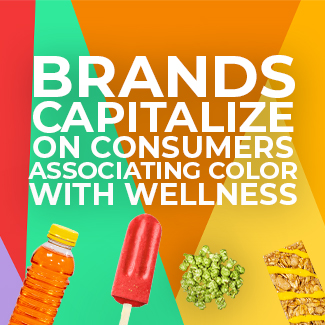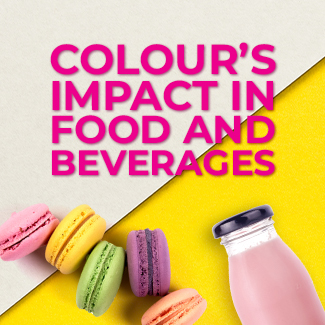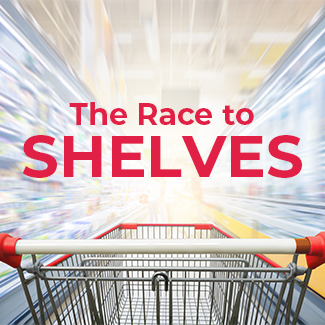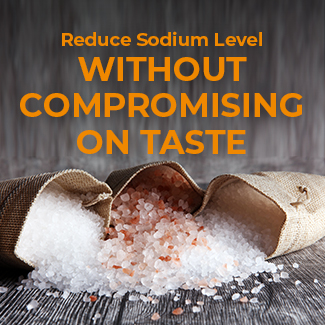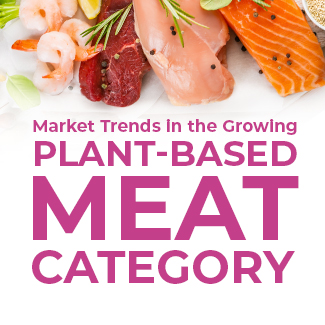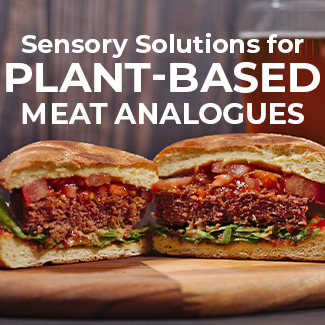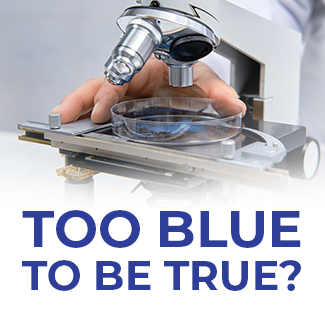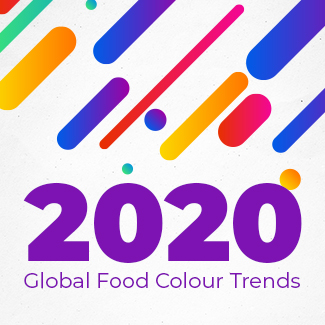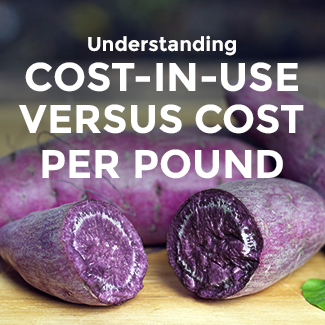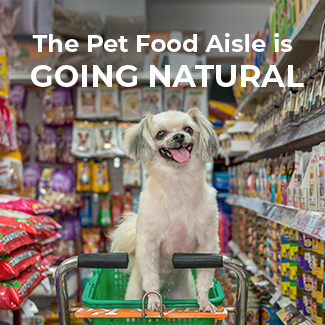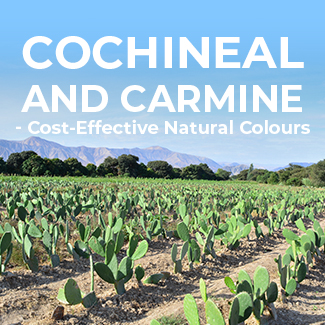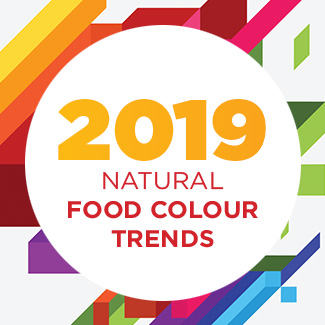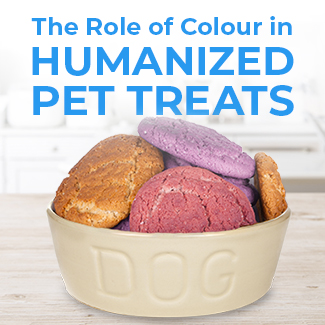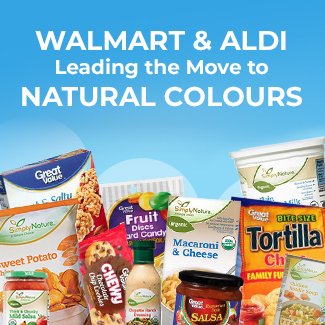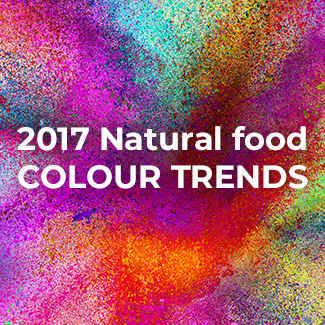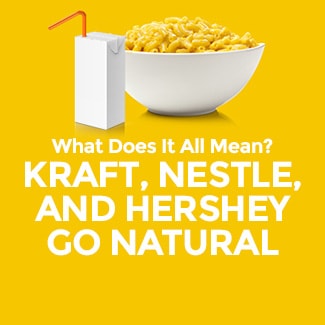2016 Food Colour Trends
Cleaner, Simpler Ingredients As IFT attendees witnessed in Chicago, the overarching trend on display was the move to cleaner, simpler ingredients. Some of the notable ingredient trends were:- Plant protein and especially pea protein becoming more mainstream
- Fermented foods with better health profiles and unique taste sensations
- Growth of organics, which is partly linked to cleaner ingredients and especially consumer desire for GMO-free products
- ‘Cold-Pressed’ or high-pressure processing for juice, milk, and coffees that may be perceived as more naturally processed
- Sugar reduction
 Kraft’s new line shouldn’t come as a surprise given their recent success converting Macaroni & Cheese to natural colours. According to tracked IRI data, the brand has grown about 4% more in the last twelve weeks compared to their 5% decline prior to their natural colour conversion last year.
Kraft’s new line shouldn’t come as a surprise given their recent success converting Macaroni & Cheese to natural colours. According to tracked IRI data, the brand has grown about 4% more in the last twelve weeks compared to their 5% decline prior to their natural colour conversion last year.
 Emerging Colour Industry Trends
Here are also four specific shifts in the food colour industry:
Emerging Colour Industry Trends
Here are also four specific shifts in the food colour industry:
- A move away from caramel colour – It was early last year that Nestle announced they were not only removing all artificial colours and flavours but also pursuing the removal of caramel colours. These days, we regularly receive inquiries about our natural brown options, and I don’t see that slowing down at all. In fact, we continue our efforts in developing innovative caramel replacement options.
- More food safety questions – The combination of high profile food safety scares for some brands and the inherently higher risks of natural colours have prompted manufacturers’ demands for more supply chain transparency. This is one area where I am glad to see the increased scrutiny; our Certasure™ program was created because of these shared concerns.
- Titanium dioxide alternatives – Globally, titanium dioxide faces some criticism. Recently, the French advocacy group Agir pour
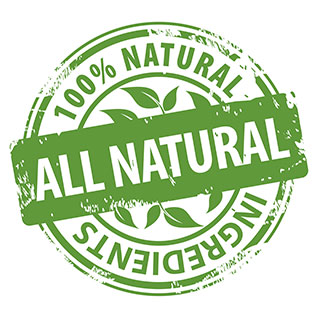 L’Environnement claimed undeclared nanoparticles were found in four different food products during testing. Last year, Dunkin’ Donuts removed TiO2 from their donuts after receiving pressure from the advocacy group As You Sow. Some food manufacturers are likely to remove titanium as part of their natural colour reformulations. For our part, we continue to develop new solutions in addition to our Avalanche™ opacity agent.
L’Environnement claimed undeclared nanoparticles were found in four different food products during testing. Last year, Dunkin’ Donuts removed TiO2 from their donuts after receiving pressure from the advocacy group As You Sow. Some food manufacturers are likely to remove titanium as part of their natural colour reformulations. For our part, we continue to develop new solutions in addition to our Avalanche™ opacity agent.



